When you pick a wood chipper gas powered model, you should think about some important things.
The thickness of branches and how much debris you have decide what size and power you need for your chipper.
Engine power and reduction ratio show how well the chipper can do hard work.
Safety features help keep you safe when you use the chipper.
Many people like gas powered chipper models because they are easy to move and work well.
Popular models like the SuperHandy Wood Chipper Pro and Landworks Compact Wood Chipper are known for being dependable.
Feed systems, like hydraulic or gravity infeed, make the chipper easier to use and take care of.
Key Takeaways
Match your wood chipper’s engine power to your yard size. Make sure it can handle the branch thickness for best results.
Pick the right feed system for your needs. Use gravity feed for light work. Use hydraulic feed for heavy or frequent use.
Put safety first by wearing protective gear. Choose chippers with emergency shut-off and safety guards.
Do regular maintenance like oil changes and blade sharpening. Clean the air filter to keep your chipper working well.
Look for features that are easy to use, like simple controls. Wide hopper openings and easy cleaning access help a lot.
Think about portability features like wheels and tow bars. These make it easy to move your chipper around your property.
Don’t buy too much or too little. Check your yard needs to save money and effort.
Look at the warranty and support services before you buy. This makes sure you get help when you need it.
Assessing Needs
Yard Size
You should start by looking at the size of your yard or property. The size of your land helps you decide how much power you need from a chipper. If you have a small yard, you can use a chipper with a smaller engine. For large properties, you need a chipper with more power to handle bigger branches and more debris.
Here is a table that shows how property size matches with the right chipper engine power:
Property Size / Workload |
Typical Branch Diameter |
Recommended Engine Power (HP) |
Typical Use Case / Notes |
|---|---|---|---|
Small Properties |
Under 3 inches |
Homeowners, compact tractors, light brush |
|
Medium Properties / Farms |
Up to 5–6 inches |
25–45 HP |
Landscaping businesses, larger farms |
Large Properties / Contractors |
Up to 8–9 inches |
45–75 HP |
Heavy brush, municipal use, heavy-duty tasks |
Very Large / Commercial |
Larger than 9 inches |
75–120+ HP |
Professional forestry, continuous heavy loads |
You can also see the trend in this chart:

When you match your chipper’s engine power to your yard size, you get better results and avoid wasting money on a machine that is too big or too small.
Debris Type
Think about the kind of debris you need to process. Most gas-powered chippers work well for both softwood and hardwood. In a typical yard, you will find these types of debris:
Branches from trees and shrubs
Yard debris like twigs and sticks
Softwood and hardwood pieces
Light or leafy material
A chipper handles branches and larger wood best. If you have lots of leaves or small twigs, you may want a chipper shredder instead. The feed system also matters. Gravity feed chippers work well if you mix light and heavy debris. Hydraulic feed chippers handle all types of material more easily.
Usage Frequency
Ask yourself how often you plan to use your chipper. If you only need it a few times a year, a smaller, less expensive model may work for you. If you use your chipper every week or after every storm, you should choose a model with a stronger engine and more durable parts. Frequent use means you need a chipper that can handle heavy loads without breaking down.
Tip: Regular users should look for chippers with easy maintenance features. This helps keep your machine running smoothly all year.
Applications
When you choose a gas powered chipper, you want to make sure it fits your main tasks. Many homeowners use a chipper for more than just cleaning up after storms. You can use it for a wide range of jobs around your property. Here are some of the most common ways people use a chipper:
Remove brush and overgrown tree branches from your yard.
Turn piles of branches and brush into wood chips for easy disposal.
Make trails by spreading wood chips as a soft walking surface.
Use wood chips for garden bedding or to build up low spots in your yard.
Dispose of yard waste like leaves, twigs, and small branches quickly.
Reduce the time and effort needed to clean up after yard work.
Create mulch for landscaping, gardening, or composting.
Handle large branches, sometimes up to 6 inches in diameter, depending on your chipper’s capacity.
A chipper can help you keep your property neat and safe. You can clear away fallen branches after storms or regular yard work. This makes your yard look better and helps prevent pests from hiding in brush piles. If you enjoy gardening, you can use the wood chips from your chipper as mulch. Mulch keeps soil moist, stops weeds, and adds nutrients as it breaks down.
Many people also use a chipper to help with landscaping projects. You can spread wood chips on paths or around flower beds. This gives your yard a clean, finished look. If you have low-lying areas that collect water, you can build them up with wood chips. This helps with drainage and keeps your yard dry.
Some gas powered chippers come with features that make them easy to move. For example, a tow bar hitch or off-road tires let you take the chipper anywhere on your property. You do not need a tractor to move these models. This makes them a good choice for small property owners who want to manage yard debris on their own.
Tip: Before you buy a chipper, think about all the ways you might use it. Make a list of your main yard tasks. This helps you pick a chipper with the right features and power for your needs.
A chipper is not just for big jobs. Even if you only use it a few times a year, it can save you hours of manual labor. You get a cleaner yard, useful mulch, and less waste to haul away.
wood chipper gas powered selection

Engine Power
When you choose a wood chipper gas powered model, you need to look at engine power first. Engine power tells you how much work the chipper can do. You measure this power in horsepower. A higher horsepower means the chipper can handle thicker branches and more debris. If you have a small yard with thin branches, you can use a chipper with lower engine horsepower. For bigger yards or heavy jobs, you need more horsepower to keep up with the workload.
Most homeowners find that a chipper with 7 to 15 horsepower works well for regular yard work. If you plan to use your chipper for large branches or tough wood, you should pick a model with even more power. Always match the engine power to the size of your property and the type of debris you have. This helps you avoid overworking your machine or wasting money on a chipper that is too strong for your needs.
Tip: Check the manufacturer’s guide for the maximum branch size your chipper can handle. This helps you choose the right engine power for your tasks.
Capacity
Capacity is another key factor when you select a gas powered chipper. Capacity means the largest branch diameter the chipper can process. If you pick a chipper with too small a capacity, you will spend more time cutting branches down to size. If you choose a chipper with too large a capacity, you might pay for power you do not need.
For medium-sized yards, most people use a gasoline-powered chipper with a 7HP engine. This type of chipper can handle branches up to 3 inches in diameter. The GreatCircleUSA 3-in-1 Wood Chipper is a good example. It fits the needs of many homeowners who want to clear brush and branches without extra effort. Always check the chipper capacity before you buy. Make sure it matches the size of the branches you need to chip most often.
Note: A chipper with the right capacity saves you time and keeps your yard work simple.
Reduction Ratio
The reduction ratio tells you how much the chipper reduces your yard waste. For example, a reduction ratio of 10:1 means the chipper turns ten bags of branches into one bag of chips. A higher reduction ratio gives you finer mulch and less waste to haul away. If you want to use wood chips for garden mulch or compost, look for a wood chipper gas powered model with a high reduction ratio.
Some chippers offer both chipping and shredding features. These models can handle leaves, twigs, and small branches. They give you more options for yard cleanup and mulch making. Always check the reduction ratio in the product details. This helps you pick a chipper that meets your needs for both efficiency and mulch quality.
Tip: If you want fine mulch for your garden, choose a chipper with a higher reduction ratio.
Chipping Mechanism
When you look at a chipper, you should pay attention to the chipping mechanism. The way a chipper breaks down wood affects how well it works and what kind of chips you get. Most gasoline-powered chipper models use either a disc or a drum system.
Disc
A disc chipper uses a large spinning disc with blades attached. The disc slices branches into small, even chips. You get more uniform wood chips with this type of chipper. Disc chippers use less energy, so you can run them with smaller engines. This makes them lighter and easier to move around your yard. If you want a chipper for regular yard cleanup or garden mulch, a disc chipper fits your needs well.
Tip: Disc chippers work best for homeowners who want clean, even chips and do not need to process huge piles of branches.
Drum
A drum chipper uses a rotating drum with blades that pull branches through and cut them into pieces. Drum chippers handle larger volumes of material and can process wider branches. You may notice that the chip size varies more with a drum chipper. These machines use more energy and tend to be heavier. Drum chippers suit heavy-duty tasks and bigger jobs, like clearing lots of brush or working on a farm.
Here is a table to help you compare disc and drum chippers:
Feature |
Disc Chipper |
Drum Chipper |
|---|---|---|
Energy Efficiency |
More energy-efficient, uses smaller engines |
Consumes more energy due to design |
Chip Quality |
Produces more uniform chips |
Chip size varies depending on material |
Capacity |
Suitable for smaller or medium tasks |
Handles larger volumes and wider material |
Portability |
Lightweight and compact |
Heavier, though still compact |
Applications |
Ideal for residential and precision tasks |
Better for industrial and heavy-duty use |
For most residential jobs, you will find that disc chippers give you better energy savings and easier handling. Drum chippers work better for large projects or when you need to chip many thick branches.
Feed Type
The feed type tells you how you put branches and debris into the chipper. You will see two main types: gravity feed and hydraulic feed.
Gravity Feed: You drop branches into the hopper, and gravity pulls them into the blades. Gravity feed chippers work well for light yard work and smaller branches. You do not need to do much, but you may have to push or guide some pieces.
Hydraulic Feed: The chipper uses powered rollers to pull branches into the blades. Hydraulic feed makes the job easier and faster, especially with heavy or awkward branches. You spend less time feeding the chipper and more time getting work done.
Note: If you plan to chip a lot of material or want less manual effort, choose a chipper with hydraulic feed.
Portability
Portability matters when you need to move your chipper around your property. Some chippers come with wheels, handles, or tow bars. Lightweight models let you roll the chipper to different spots in your yard. Heavier chippers may have larger wheels or a hitch for towing behind a lawn tractor or ATV.
Small chippers are easy to move by hand.
Medium chippers often have sturdy wheels and handles.
Large chippers may need a tow bar or trailer.
If you want to use your chipper in different areas, look for features that make moving it simple. Portability helps you finish yard work faster and keeps you from straining your back.
Tip: Always check the weight and wheel size before you buy a chipper. A portable chipper saves you time and effort.
Chipper shredder features
Safety
Safety is very important when you use a chipper shredder. These machines have sharp blades and strong engines. You must protect yourself every time you use it. Look for these safety features on your chipper shredder:
Emergency shut-off switch: You can stop the machine quickly if there is a problem.
Safety shields and guards: These keep your hands and clothes away from moving parts.
Locking hopper: The chipper shredder will not run if the hopper is open.
Clear warning labels: These show you where it is dangerous and remind you to be careful.
Stable base and anti-slip feet: These help keep the chipper shredder from tipping over.
Tip: Always wear gloves, safety glasses, and ear protection. Never put your hands in the hopper while the chipper shredder is running.
Keep children and pets far away from the work area. Read the manual before you use your chipper shredder for the first time. These steps help you stay safe and avoid accidents.
Maintenance
Taking care of your chipper shredder helps it work well and last longer. Most brands tell you how often to do each job. Here is a table that shows when to do maintenance:
Maintenance Task |
Recommended Interval(s) |
Brand-Specific Notes |
|---|---|---|
Oil Change |
After first 8 hours, then every 40-50 hours |
Landwords: after 8 hours, then every 50 hours; SuperHandy: every 40 hours |
Spark Plug Inspection |
Every 10 to 20 hours |
G brand: every 20 hours |
Air Filter Cleaning |
End of each season or more often if dusty |
Landwords: clean every 10 hours; replace paper filter, clean foam filter with soap and water |
Blade Sharpening |
Every 25 to 50 hours depending on use |
Landwords: check blades every 25 hours; SuperHandy: sharpen or flip blades every 30 hours |
Belt and Blade Checks |
Every 25 hours |
Landwords recommends checking blades and belts every 25 hours |
Lubrication |
Every 10 hours |
G brand suggests lubricating moving parts every 10 hours |
Routine Cleaning |
After every use |
Remove debris from feeding chute and discharge area; wipe metal parts to prevent rust |
Fuel System Cleaning |
End of each season |
G brand recommends cleaning fuel tank and lines |
You can also see the maintenance schedule in this chart:

Check the oil before you start your chipper shredder. Clean the air filter often, especially in dusty places. Sharpen or flip the blades to keep the chipper shredder working well. Remove debris from the chute and discharge area after each use. This stops rust and keeps the machine safe.
Note: If you follow the maintenance schedule, your chipper shredder will work well and stay safe for many years.
Replacement Parts
Think about replacement parts before you buy a chipper shredder. Blades, belts, and filters wear out after a while. If you cannot find parts easily, you may not be able to use your chipper shredder when you need it. Pick a chipper shredder from a brand that makes it easy to get parts.
Here are some tips for finding replacement parts:
Go to the manufacturer’s website to check for spare parts.
Ask your dealer about common replacement parts for your chipper shredder.
Find models with tool-free access to blades and belts. This makes changing parts easier and safer.
See if the chipper shredder manual lists part numbers for ordering.
Tip: Keep extra blades and a spare belt ready. This helps you keep working during busy chipping and shredding times.
A chipper shredder with easy-to-find parts saves you time and money. You can keep your machine working without long waits or extra costs.
User-Friendly Design
When you choose a chipper shredder, you want a machine that feels easy to use. A user-friendly design helps you finish yard work faster and keeps you safe. You should look for features that make your chipper shredder simple to operate and maintain.
Here are some important user-friendly features to consider:
Simple Controls
You should find clear buttons and levers on your chipper shredder. Labels help you know what each control does. You can start and stop the machine quickly. Easy-to-read instructions make your first use less stressful.Wide Hopper Opening
A large hopper lets you feed branches and debris without struggling. You can drop material in without cutting it into small pieces. This saves you time and effort.Tool-Free Access
Some chipper shredder models let you open the housing without tools. You can clean out jams or change blades easily. Quick access means you spend less time on maintenance.Ergonomic Handles and Wheels
Handles with soft grips help you move the chipper shredder around your yard. Large wheels roll smoothly over grass and uneven ground. You can transport the machine without hurting your back.Clear Discharge Chute
A discharge chute that points away from you keeps chips and dust out of your face. You can direct the flow of mulch where you want it. This feature makes cleanup easier.Low Vibration and Noise
Some chipper shredder models run quietly and with less shaking. You can work longer without feeling tired. Lower noise also keeps your neighbors happy.
Tip: Try to test the chipper shredder before you buy it. You can check if the controls feel comfortable and if you can move the machine easily.
Comparison Table: User-Friendly Features
Feature |
Benefit for You |
Why It Matters |
|---|---|---|
Simple Controls |
Quick learning, safe operation |
Less confusion, fewer mistakes |
Wide Hopper Opening |
Easy feeding |
Saves time, less cutting |
Tool-Free Access |
Fast cleaning, blade changes |
Less downtime, safer upkeep |
Ergonomic Handles |
Comfortable movement |
Prevents strain, easy transport |
Large Wheels |
Smooth rolling |
Works on rough terrain |
Clear Discharge Chute |
Directs chips safely |
Easier cleanup, safer work |
Low Vibration/Noise |
Less fatigue |
More comfort, less disturbance |
You should always pick a chipper shredder that matches your strength and skill level. If you want to share the machine with family members, user-friendly features help everyone stay safe. You can spend more time enjoying your yard and less time fixing problems.
Budget and Value
Price Range
When you look for a gas powered wood chipper, you will see many prices. Most models for homes cost from $500 to $2,500. These machines can chip branches up to 3 or 4 inches thick. Cheaper chippers work for small yards. More expensive ones are stronger and handle bigger jobs.
Here are some popular models and their prices:
APWC9310 Woodchipper (15 HP, 420cc gas engine): $1,899.99
You can use this table to compare prices for different types of wood chippers:
Wood Chipper Grade |
Typical Price Range |
Suitable Use Case |
|---|---|---|
Residential Grade |
$500 - $2,500 |
Homeowners; handles 3-4 inch branches |
Commercial Grade |
$2,500 - $10,000 |
Landscapers with large properties |
Industrial Grade |
$10,000+ |
Professional tree services; handles >6 inch branches |
Tip: Most people with homes get the best deal with residential grade chippers. These have enough power for most yard work. You do not pay for extra features you may never use.
Power vs. Price
Engine power changes how much a wood chipper costs. More horsepower means the chipper can cut thicker branches and do harder jobs. You pay more for stronger engines, but you finish work faster.
For example, a 15 HP chipper like the APWC420 chips branches up to 6 inches thick. It costs about $2,199.99. A 10 HP model like the Patriot CSV-3100B chips branches up to 3 inches. It costs $1,825.00. The chipper with more power costs more because it does bigger jobs and works longer without slowing down.
Model |
Engine Power |
Branch Capacity |
Price |
Description |
|---|---|---|---|---|
APWC420 |
15 HP |
Up to 6" |
$2,199.99 |
Handles larger branches and heavy yard waste |
Patriot CSV-3100B |
10 HP |
Up to 3" |
$1,825.00 |
Good for large yards with smaller branches |
Pick a chipper with the right power for your yard. If you only chip small branches, you can buy a cheaper model. If you have lots of thick branches, a stronger chipper is worth the higher price.
Note: Getting the right power helps you save money. You do not want to pay for features you will not use.
Warranty
A good warranty helps you feel safe when you buy a wood chipper. Most top brands give you a two-year warranty for home use. This covers both the engine and the chipper. If you use the chipper for work, the warranty is shorter. You get one year for the engine and 90 days for the chipper.
Some brands let you buy a longer warranty for home use. This can add up to three more years. You can get up to five years of protection. Extra warranties often pay for labor, parts, and shipping if something breaks because of defects.
Warranty Type |
Residential Use Duration |
Commercial Use Duration |
|---|---|---|
Engine Warranty |
2 years |
1 year |
Machine Warranty |
2 years |
90 days |
Tip: Always read the warranty before you buy. A longer warranty can save you money on repairs. It also shows the company trusts their product.
Support
When you buy a gas-powered wood chipper, you should check the support that comes with your purchase. Good support helps you solve problems quickly and keeps your chipper running well. You want to feel confident that help is available when you need it.
Why Support Matters
Support gives you answers when you have questions about your chipper. You may need help with setup, troubleshooting, or repairs. If you run into a problem, strong support can save you time and money. You do not want to wait days for a reply or search for help on your own.
What to Look For in Support
You should look for these support features before you buy:
Phone and Email Help
You can call or email the company for fast answers. Some brands offer live chat for quick help.Online Resources
Many companies have websites with manuals, videos, and FAQs. You can find guides for setup, maintenance, and repairs.Local Service Centers
Some brands have service centers near you. You can bring your chipper in for repairs or get parts faster.Parts Availability
You want easy access to replacement blades, belts, and filters. Good support means you can order parts online or from local dealers.Warranty Service
Support teams help you use your warranty. They guide you through claims and repairs.
Tip: Check reviews for each brand’s support. Happy customers often mention fast replies and helpful staff.
Support Comparison Table
You should choose a brand with strong support. This makes your chipper easier to use and maintain. If you have trouble, you can get help fast.
How to Use Support
When you need help, follow these steps:
Find your chipper’s model number and serial number.
Visit the brand’s website for manuals and troubleshooting guides.
Call or email support with your question. Give them your model details.
Ask about local service centers if you need repairs.
Order replacement parts from the brand or dealer.
Note: Keep your purchase receipt and warranty papers in a safe place. You will need them for support and warranty claims.
Strong support adds value to your chipper. You spend less time fixing problems and more time working in your yard. You get peace of mind knowing help is always available.
Common Mistakes
Overbuying
You might think that buying the biggest chipper is always the best choice. Many people make this mistake. If you pick a chipper that is too large or powerful for your needs, you spend more money than necessary. Large machines take up more space and can be harder to move around your yard. You may also find them harder to maintain. When you use a chipper that is too strong for small branches, you waste fuel and time. Always match the chipper size and power to your actual yard work. This helps you save money and makes your work easier.
Tip: Make a list of the types and sizes of branches you usually need to chip. Use this list to guide your purchase.
Underbuying
Choosing a chipper that is too small for your property can cause problems. If your chipper cannot handle the size or amount of debris you have, you will spend more time cutting branches down to fit. Small chippers may jam or break if you push them too hard. You might also need to stop often to clear blockages. This slows down your work and can lead to frustration. You may end up replacing your chipper sooner than expected. Always check the maximum branch size and engine power before you buy. Make sure your chipper matches your yard’s needs.
Note: If you have a lot of thick branches or heavy yard waste, pick a chipper with enough power and capacity to handle the job.
Ignoring Safety
Ignoring safety is one of the most serious mistakes you can make with a chipper. Gas-powered chippers have sharp blades and strong engines. If you do not follow safety rules, you risk injury or damage to your machine. Many safety warnings highlight the dangers of improper use. Here are some common safety issues:
Not shutting down the engine or waiting for moving parts to stop before maintenance or clearing jams.
Using the chipper on uneven ground, which can cause it to tip over.
Running the chipper at the wrong speed, leading to poor performance or equipment damage.
Wearing loose clothing or skipping protective gear like gloves, safety shoes, and ear protection.
Failing to check for jammed flywheels, dull knives, or belt problems, which can create unsafe conditions.
You should always read the manual and follow all safety instructions. Wear the right gear every time you use your chipper. Keep children and pets away from the work area. Take time to check your chipper before each use. These steps help you stay safe and keep your chipper in good condition.
Tip: Make safety your top priority. A few extra minutes spent on safety can prevent accidents and keep you working without injury.
Skipping Maintenance
A lot of people forget to care for their machines. Not doing maintenance is a mistake that causes problems. If you skip regular care, your machine will not last long. You could also have safety issues and pay more for repairs.
Always look at your owner's manual for the right care schedule. Most machines need oil changes, air filter cleaning, and blade sharpening. If you skip these jobs, your machine will not work well. Dirty filters make engines run badly. Dull blades can jam or break. Old oil can hurt the engine.
Some signs show you have skipped maintenance:
The engine is slow to start or will not start.
You hear odd sounds when the machine runs.
The machine shakes more than normal.
You see smoke or smell burning oil.
The wood chips come out rough or uneven.
Tip: Use your phone or calendar to set reminders for each care job. This helps you remember and not miss any steps.
You can make care easier with a simple checklist. Write down each job and the date you do it. This helps you see patterns and plan for future care. Many owners find that checking before and after use stops most problems.
Here is a basic care checklist you can use:
Task |
How Often |
Why It Matters |
|---|---|---|
Check oil level |
Before each use |
Stops engine damage |
Clean air filter |
Every 10 hours |
Helps engine run smooth |
Sharpen blades |
Every 25 hours |
Makes cutting safe and clean |
Inspect belts |
Every 25 hours |
Prevents sudden breakdowns |
Remove debris |
After each use |
Stops rust and blockages |
If you skip these jobs, you might pay for big repairs or break your machine. You could also lose time when you need your chipper most. Regular care keeps your machine safe, strong, and ready for work.
Note: Spending a few minutes on care saves you hours of trouble later. You protect your machine and get better results every time you use it.
You can make a smart choice by matching your wood chipper’s size, power, and features to your property and debris needs. Follow these steps:
Choose a chipper with the right engine power and feed system.
Check for durable construction and easy maintenance.
For more help, review the FAQs and explore resources like maintenance guides, parts finders, and wood chipper review articles.
FAQ
How often should you sharpen wood chipper blades?
You should check and sharpen the blades every 25 hours of use. Dull blades make the chipper work harder and can cause jams. Sharp blades help you get clean chips and keep the machine running well.
What size branches can a gas-powered chipper handle?
Most residential gas chippers handle branches up to 3 inches thick. Some heavy-duty models can chip branches up to 6 inches. Always check the manual for your chipper’s maximum branch size.
Can you put wet wood or leaves in a gas chipper?
You should avoid chipping wet wood or leaves. Wet material can clog the machine and make it work less efficiently. Dry branches and leaves chip better and help prevent jams.
How do you store a gas wood chipper for winter?
Clean the chipper, drain the fuel, and store it in a dry place. Cover the machine to keep out dust and moisture. This helps prevent rust and keeps your chipper ready for spring.
What safety gear should you wear when using a chipper?
You should wear safety glasses, gloves, ear protection, and sturdy shoes. Avoid loose clothing. This gear protects you from flying debris and loud noise.
How do you know when to change the oil in your chipper?
Check the oil before each use. Change the oil after the first 8 hours, then every 40-50 hours. Clean oil keeps the engine running smoothly and helps prevent damage.
Can you use chipped wood as mulch in your garden?
Yes, you can use wood chips as mulch. They help keep soil moist, stop weeds, and add nutrients as they break down. Spread chips around trees, shrubs, and flower beds for best results.
What should you do if your chipper jams?
Turn off the engine and wait for all parts to stop. Use a stick or tool to clear the jam. Never use your hands. Check for dull blades or blockages before restarting the chipper.


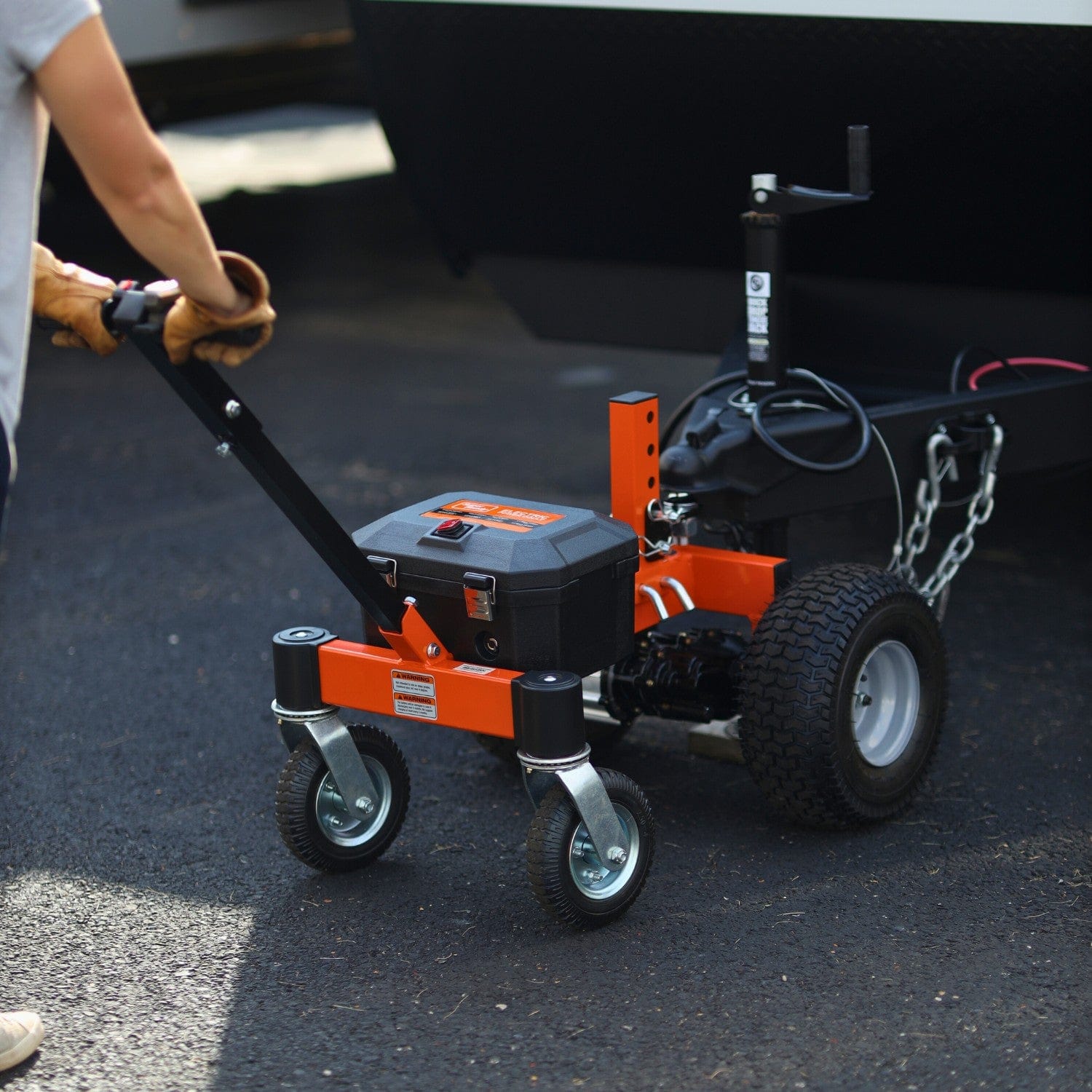
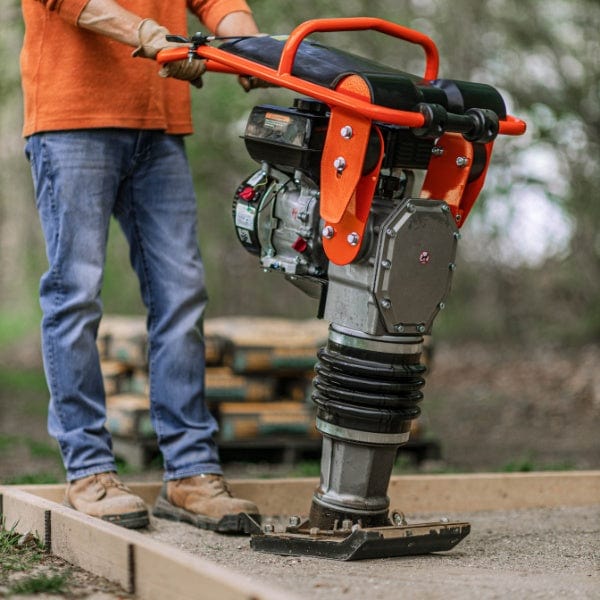
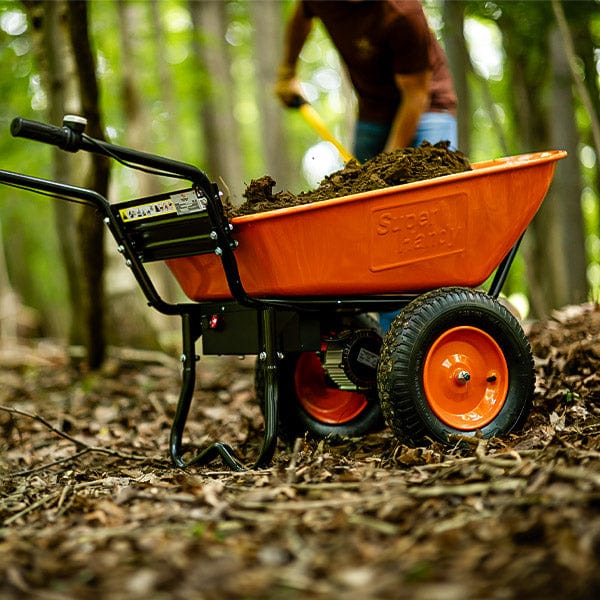


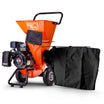
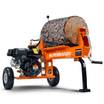

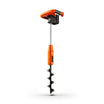
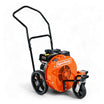
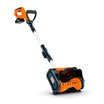
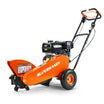
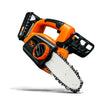
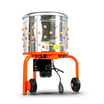

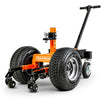
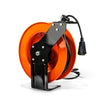
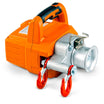
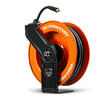
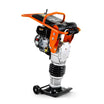
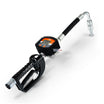
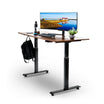
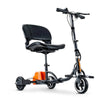
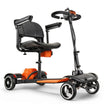
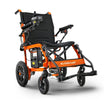
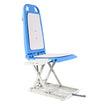

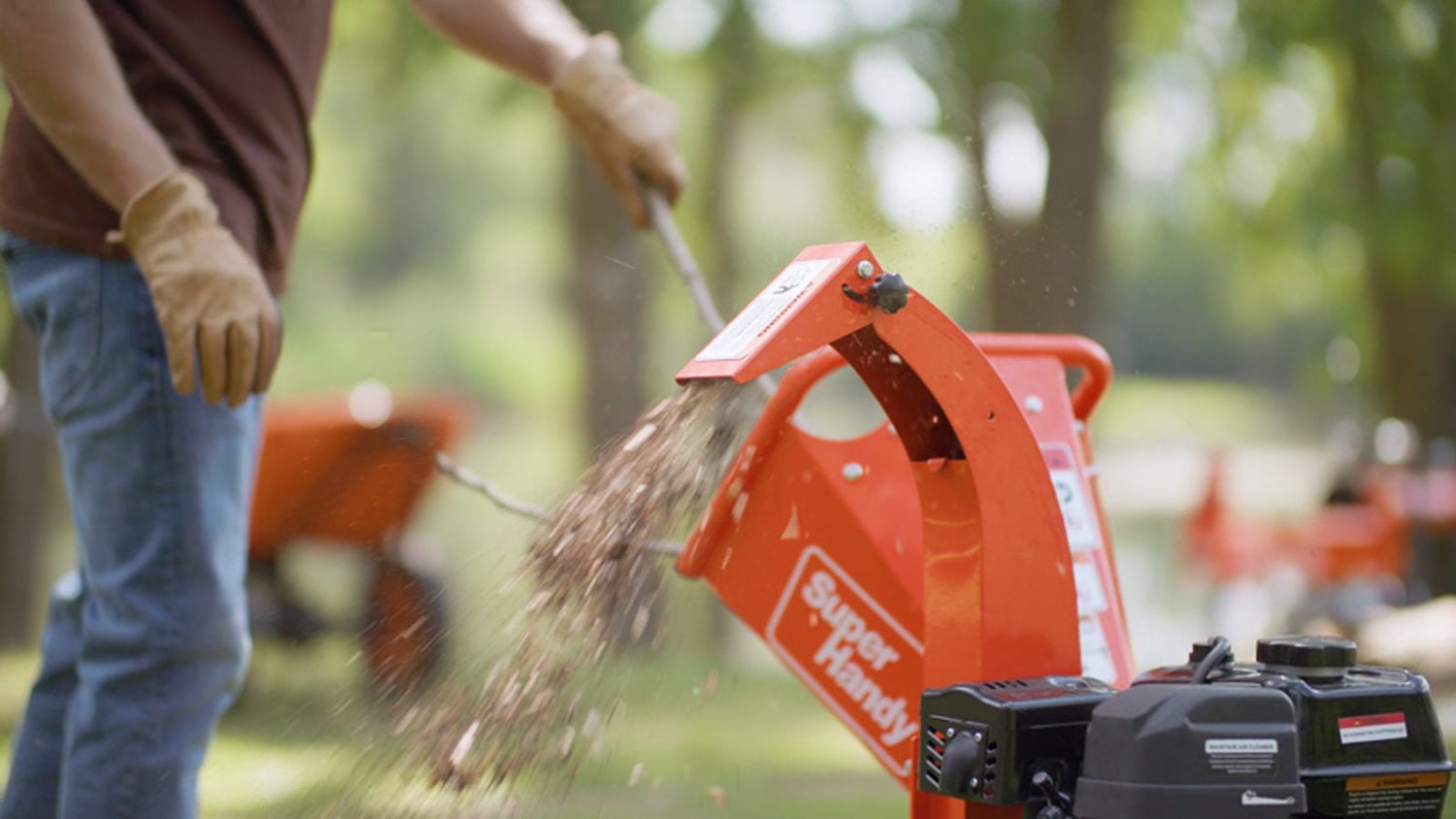

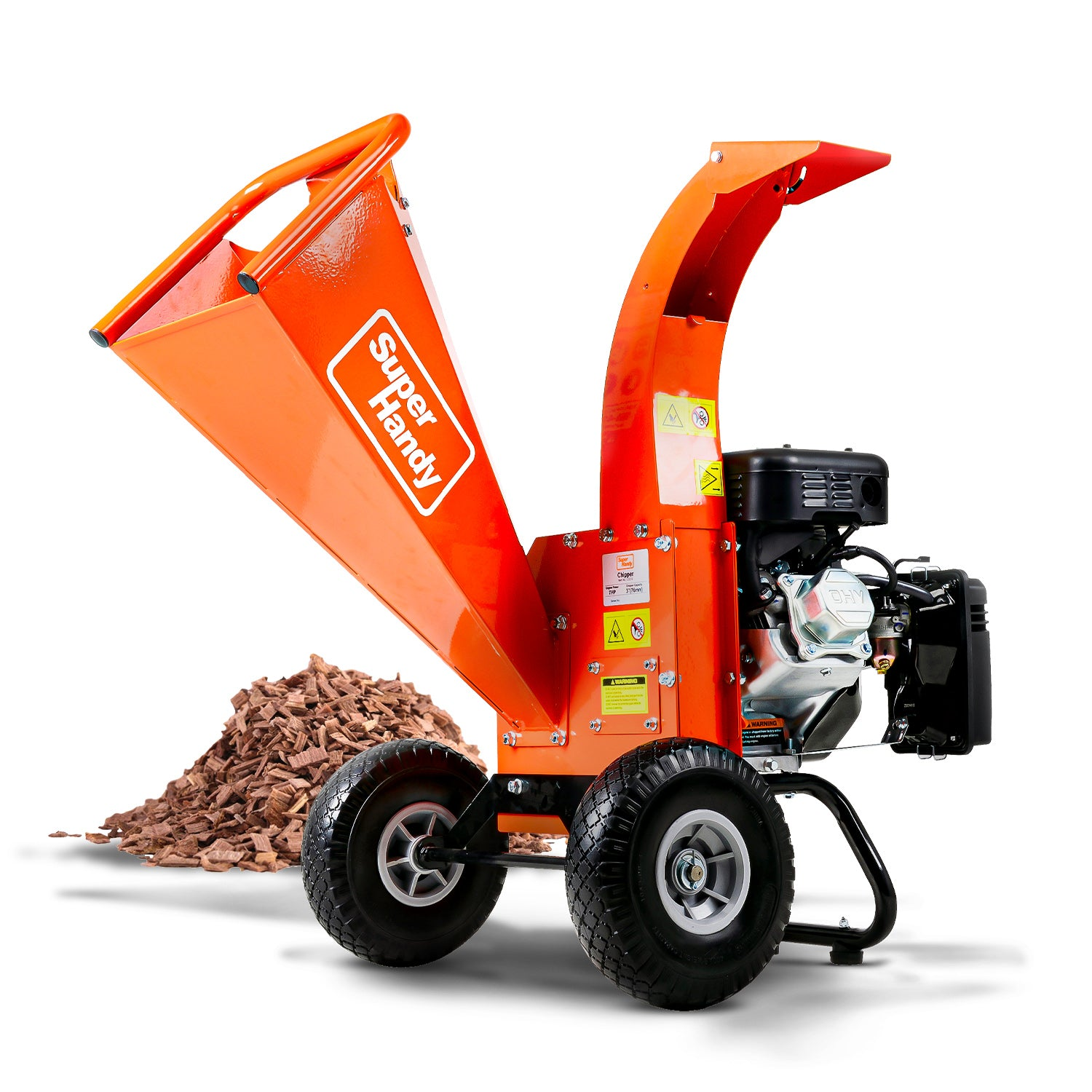
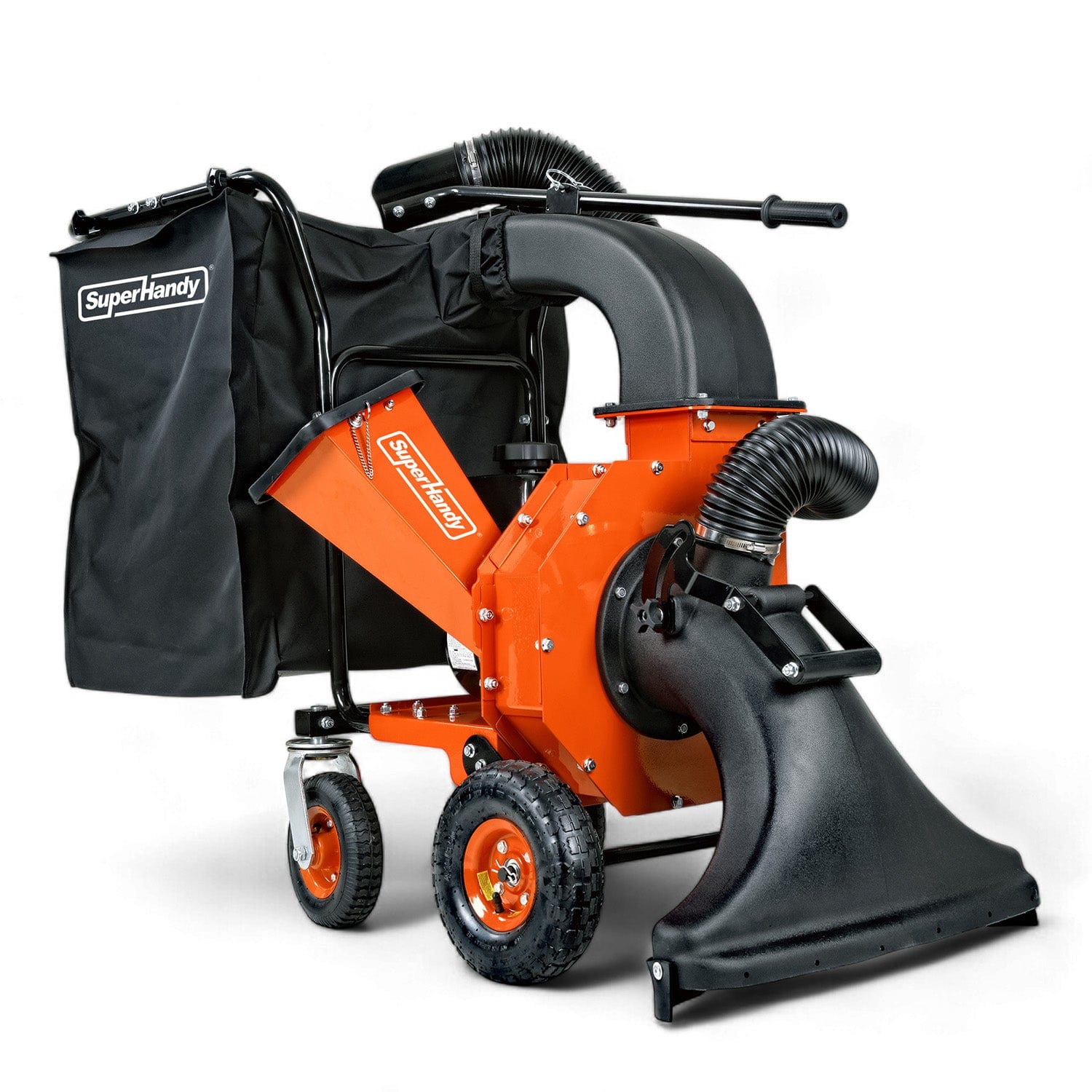
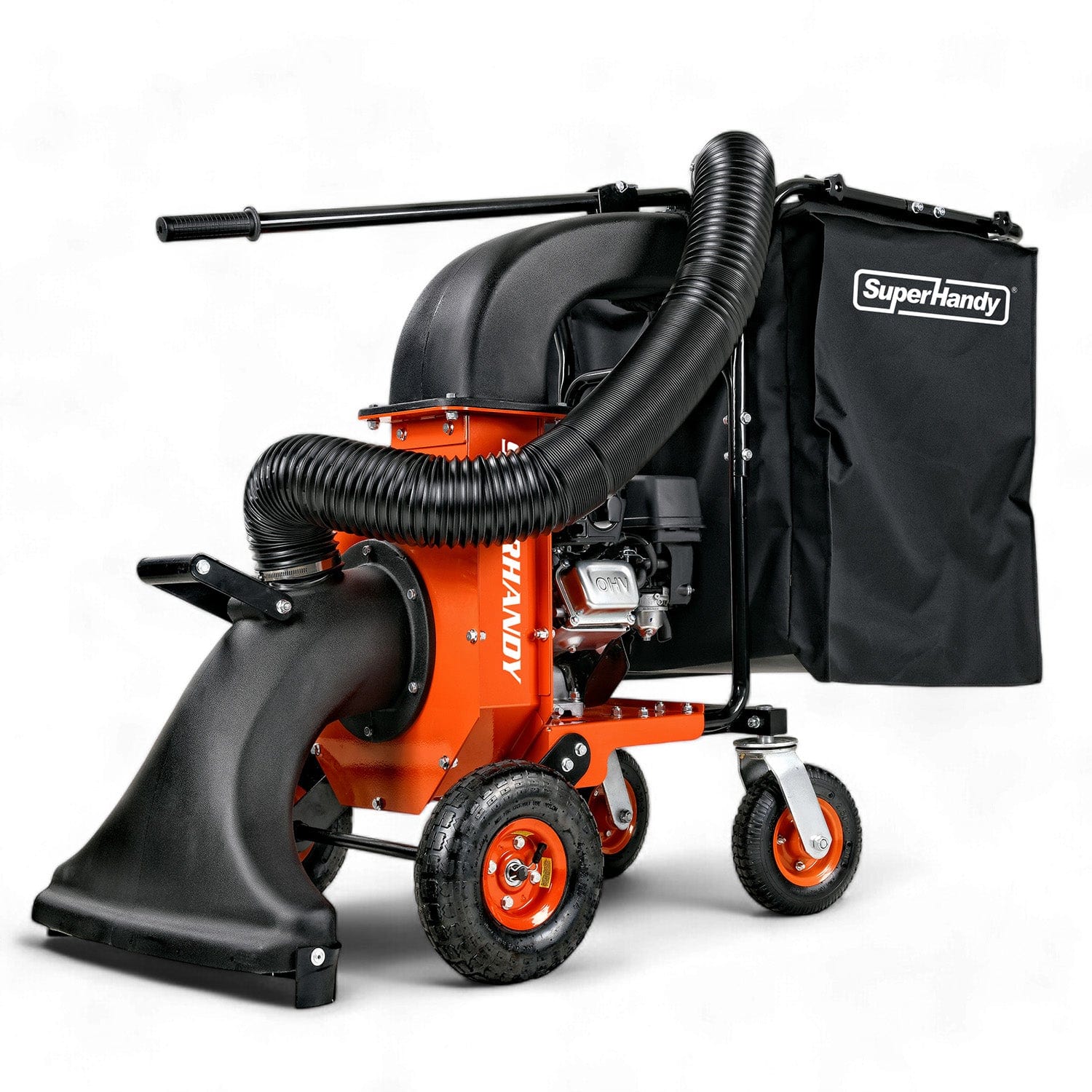
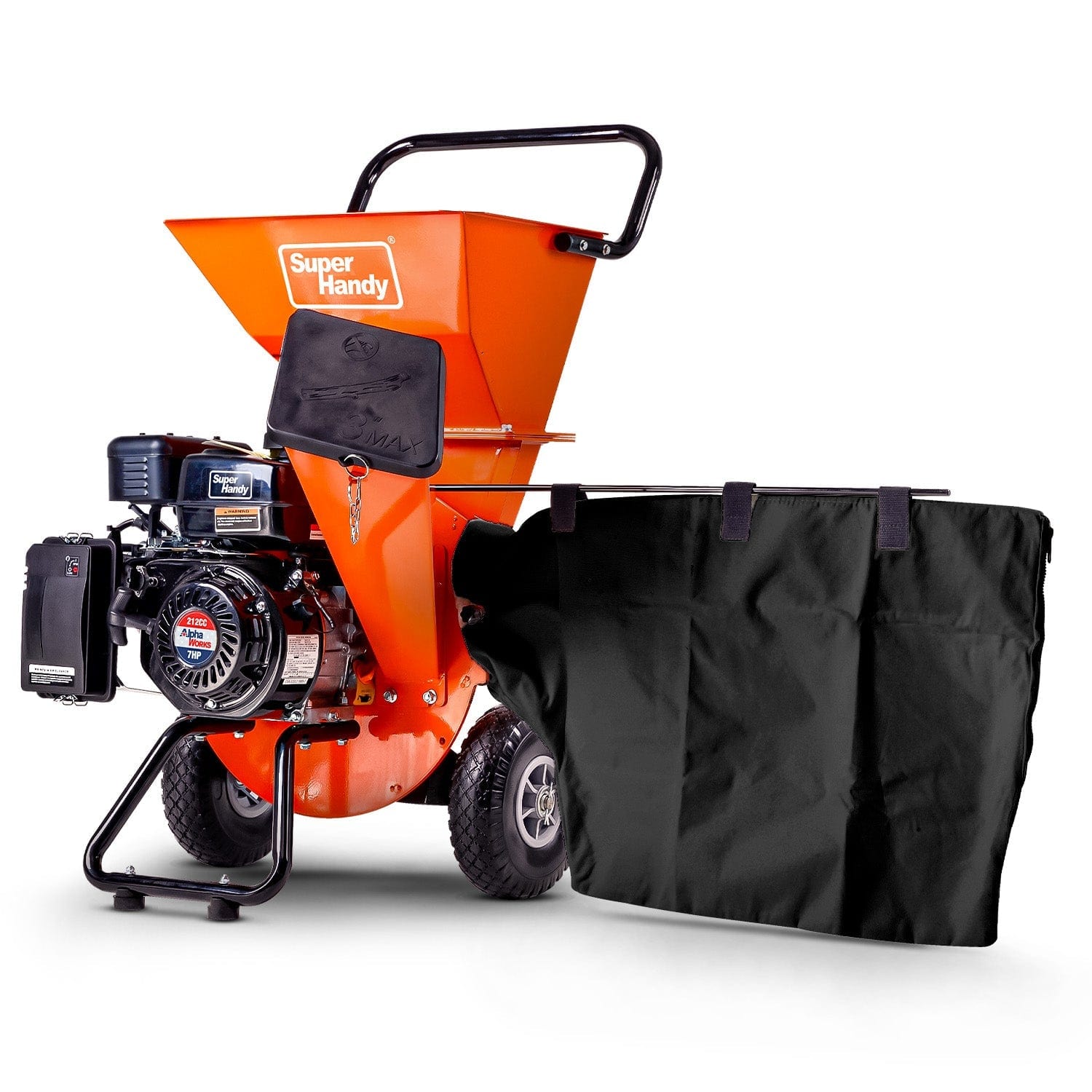
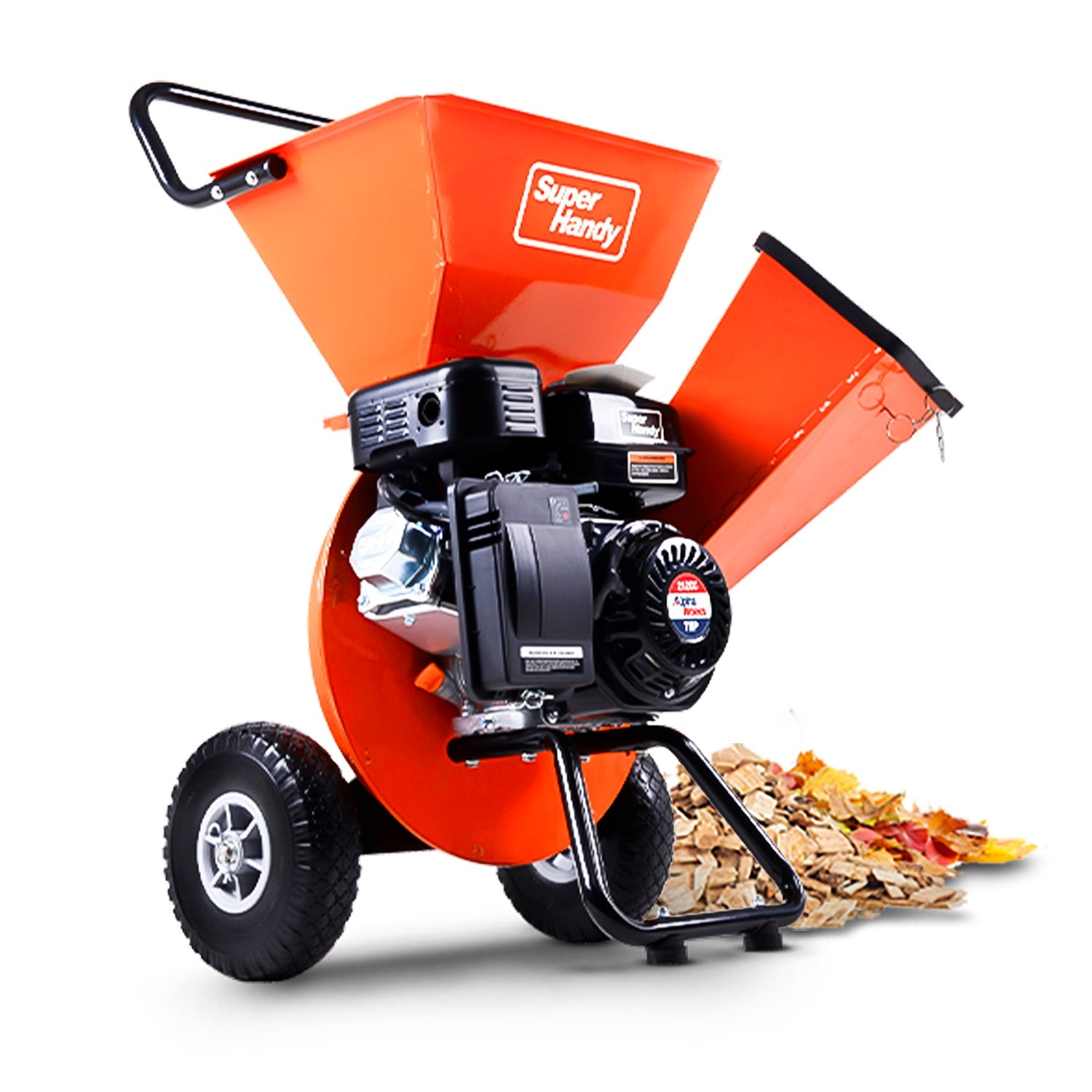
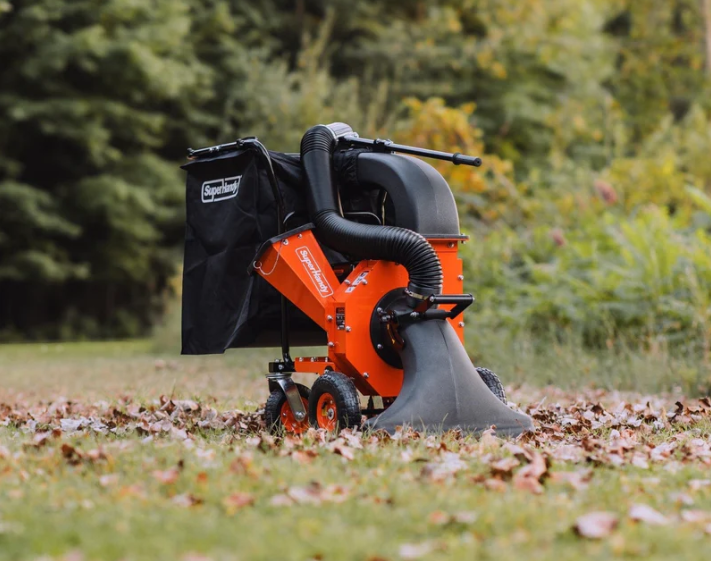
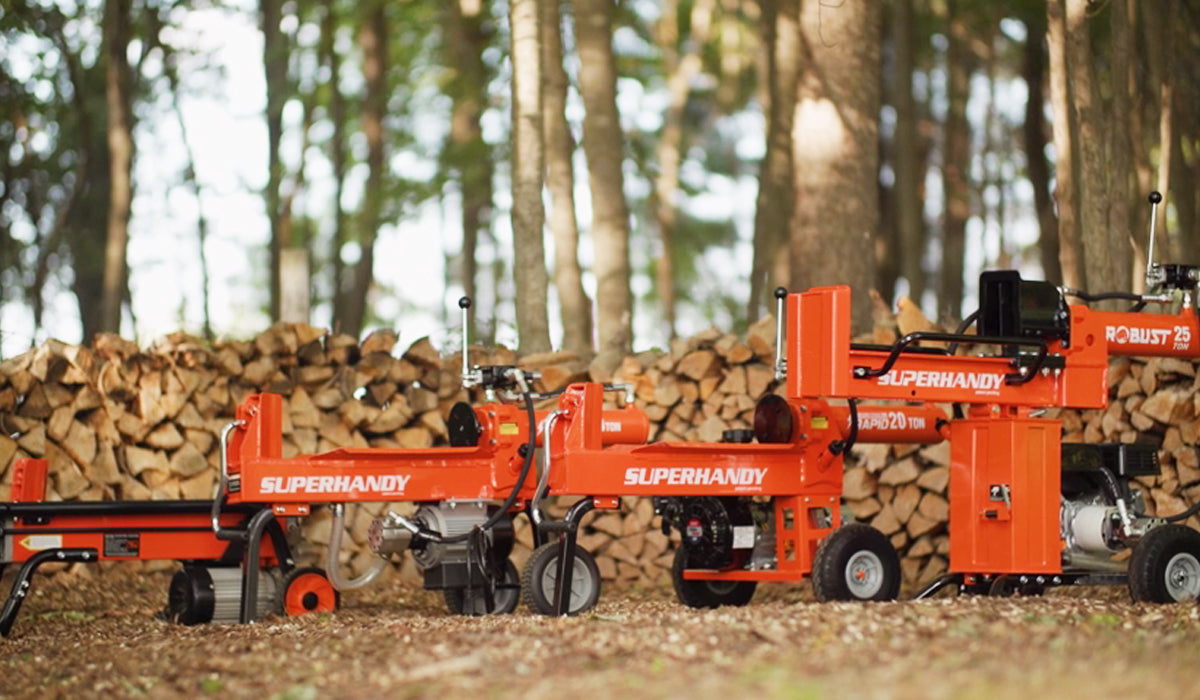
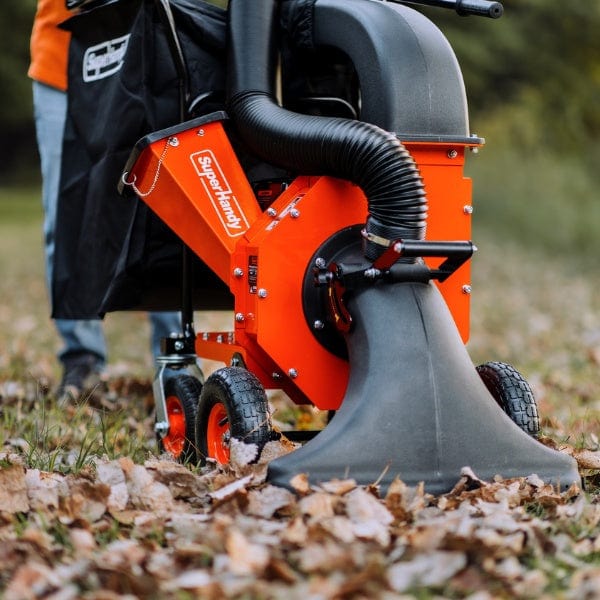
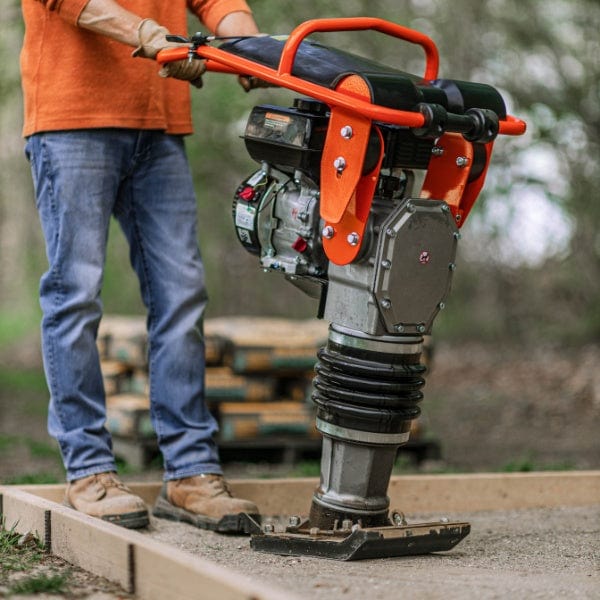


Leave a comment
All comments are moderated before being published.
This site is protected by hCaptcha and the hCaptcha Privacy Policy and Terms of Service apply.